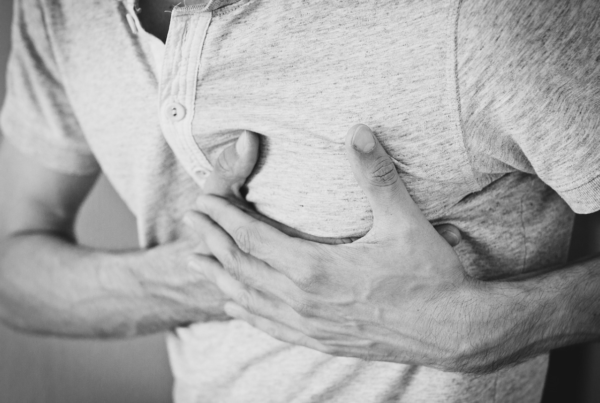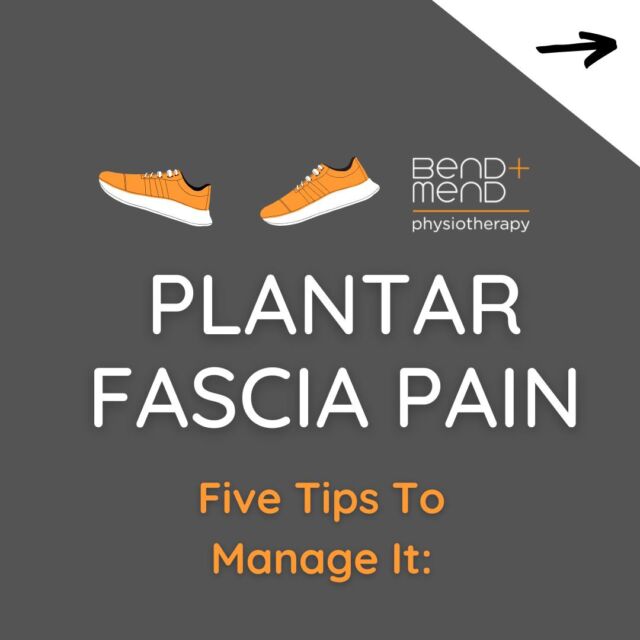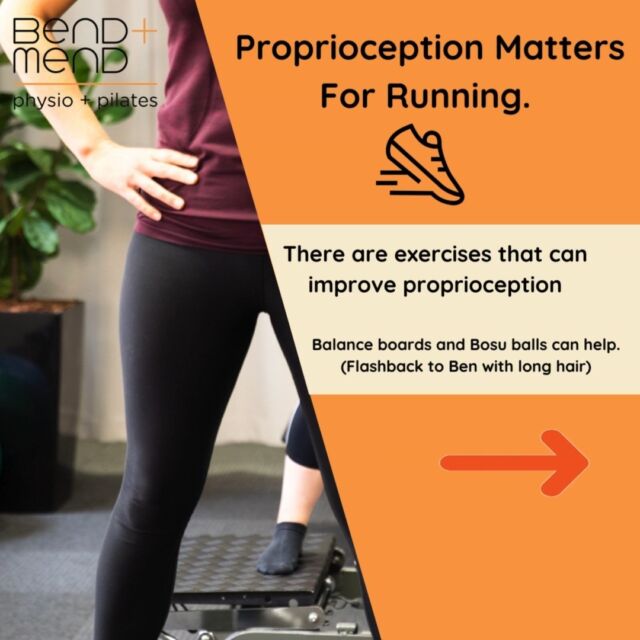Is your injury a sprain or a strain?
A sprain is an injury to a ligament, the tough, fibrous tissue that connects bone to bone. When you sprain a ligament, the tissue fibers are torn or stretched. In more severe cases you may feel a pop or tear and the area can feel unstable. Generally, symptoms of a sprain include pain, swelling, bruising, and the loss of function. These symptoms do vary in intensity and depend on the damage done to the ligament.
A strain is an injury to either a muscle or a tendon, the tissue that connects muscle to bone. A strain may be an overstretching of the muscle or tendon, or it can be a partial or complete tear of the tissue. Usually people with a strain experience pain, muscle spasm and weakness. They can also have swelling, bruising and weakness of the muscle when they try to use it.
The grades used to measure the amount of damage done in a sprain or a strain are quite similar.
A Ligament Sprain is graded as follows:
- Grade I Sprain: This is a mild sprain where there has been overstretching or slight tearing of the ligaments with no joint instability. You would expect to have minimal pain, swelling, and little or no loss of function. Bruising is minimal or absent, and you can usually put weight on the affected joint.
- Grade II Sprain: This is a moderate sprain that causes some tearing of the ligament and is characterised by bruising, pain, and swelling. With this injury, you probably would have difficulty putting weight on the affected joint and have some loss of function.
- Grade III Sprain: This is a severe sprain that results in a complete tear or rupture of the ligament. Swelling and bruising are usually severe, and weight-bearing may be difficult or even impossible. This type of sprain often requires immobilisation and possibly surgery.
A Muscle or Tendon Strain is graded as follows:
- Grade I Strain: This is a mild strain and only some small muscle fibers have been damaged.
- Grade II Strain: This is a moderate strain with more extensive damage to the muscle fibers, but the muscle is not completely torn.
- Grade III Strain: This is a severe injury with complete tearing of the muscle. This can require surgery to repair the muscle.
If you have an injury, regardless of the type or the grade, it is best to come in and see your Bend + Mend physiotherapist. If your injury needs further investigation, for example an MRI or a specialist review, your physio can help organise this and ensure that you get the best outcome for your injury.







